Earlier this month, House Democrats scrapped a plan to vote on a measure that would have relaxed spending caps for the discretionary parts of the federal budget for the next two years. The caps, which have been in place since the passage of the Budget Control Act (BCA) in 2011, impose separate limits on what Congress can spend on the defense and non-defense sides of the budget. The bill under consideration would have increased those limits by equal amounts, resulting in roughly $664 billion in defense spending and $631 billion in non-defense funds for next year. Some members of the Congressional Progressive Caucus, however, pushed for equal levels of spending across the two sides of the budget, not just equal increases. At the same time, a number of moderate, Blue Dog Democrats are concerned about voting for spending increases they see as too generous. Unsure about whether the bill had sufficient support, leaders elected not to bring it to the floor.
Because House Democratic leaders also used a separate procedural maneuver to lay the groundwork for writing individual spending bills at the overall levels preferred by leadership, the House Appropriations Committee can now begin its work of drafting legislation. But the longer-term consequences of the divisions within the caucus remain unclear. Will the Progressive Caucus deploy a similar strategy later in the year in the presence of a finalized deal between the House and Senate on increasing the caps, even if it does not allow for the increases in non-defense spending that they would like? Conversely, will the Blue Dogs hold out for stricter limits when an agreement has actually been reached?
In the three previous rounds of negotiations over relaxing the budget caps—in 2013, 2015, and 2017-18—part of what gave Democrats leverage to demand increases in both defense and non-defense caps was the fact that the then-majority House Republicans often had difficulty producing the necessary votes for a compromise that could get 60 votes in the Senate without Democratic help. As negotiations develop, then, House Democrats may find it strategically valuable to take a more unified position. Whether various factions agree, however, remains to be seen.
President Trump’s initial offering in this year’s budget debate couldn’t be more different than the House Democrats’ approach. The president’s budget, released in March, would maintain the spending caps currently in law for 2020 and 2021, but would still seek a roughly 5 percent increase in defense spending. How does it pull this off? In part by using a special budgetary designation known as Overseas Contingency Operations (OCO) that is not subject to the spending caps. Indeed, Congress has a long history of using special categories of funding to get around budgetary discipline it has imposed on itself. In March 1991, for example, Congress approved a $5.4 billion in spending on the Gulf War that was exempt from a set of caps imposed in 1990. In 1999, moreover, Congress managed to spend roughly $6 billion for defense programs outside of that year’s budget caps regime through emergency classifications.
The current use of OCO funding, however, is different in two important ways—one substantive, one political. The first is the size of the OCO budget; nearly one-quarter of the Department of Defense’s budget request for fiscal year 2020 is contained in the OCO bucket. That share isn’t unheard of in the post-9/11 period; in 2008, for example, OCO funding represented roughly 28.1 percent of the Defense Department’s discretionary budget authority. But the number of operational and support forces in Afghanistan, Iraq, and Syria—the kinds of operations that OCO is nominally intended to support—have decreased significantly over the same time period. In 2008, there were approximately 187,000 personnel in these countries, but by 2019, there were roughly 18,000—a decline of 90 percent.
In addition, the 2020 request contains approximately $98 billion in OCO funding for items that would ordinarily be part of the Department’s base budget request. The White House, then, is proposing to rely on the designation in a way that it was not necessarily originally intended. The second key difference in this year’s approach to OCO is the previous strident opposition to the tactic from acting White House Chief of Staff Mick Mulvaney. As recently as 2017—during his confirmation hearings to serve as the Director of the Office of Management and Budget—Mulvaney said that he “look[ed] forward to having an opportunity to explain to the President why I think it is not a good way to spend American taxpayer dollars” in reference to using OCO for items that are not war-related.
Senate Republicans, meanwhile, have drafted their own budget blueprint, which was approved by the Senate Budget Committee last month. The plan sticks with the current caps on both defense and non-defense spending, but includes procedural language that anticipates the possibility of a subsequent caps deal. Senate Majority Leader Mitch McConnell (R-Ky.) has made it clear that he is interested in reaching a deal to raise the budget caps and have an orderly appropriations process, and reports indicate that he and Speaker Pelosi will work to negotiate an agreement.
Eventually, the House, the Senate, and the White House will have to come to an agreement on the overall spending limits. Otherwise, defense and non-defense programs will see cuts of, on average, 13 and 11 percent from 2019 levels, respectively, next year after adjusting for inflation. (The BCA provides for these automatic spending cuts, known as sequestration, to enforce the limits it places on spending.) If this year proceeds anything like the three previous times that Congress and the president tackled the challenge, final resolution won’t come until at least the fall. But this round of negotiations represents the first time that House Democrats have participated in such bargaining as the majority party, and only time will tell whether and how that shapes the ultimate outcome.
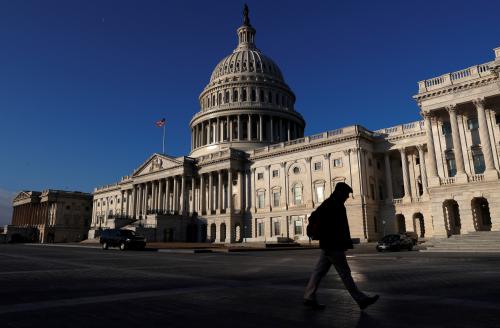
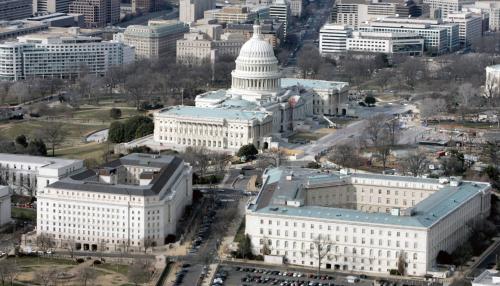
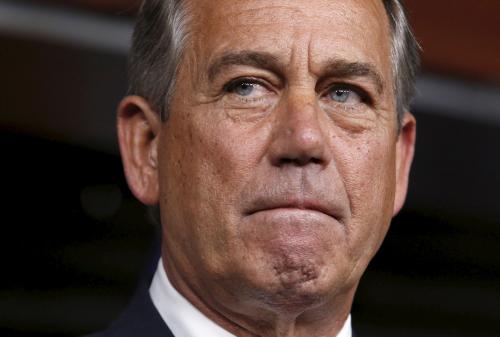
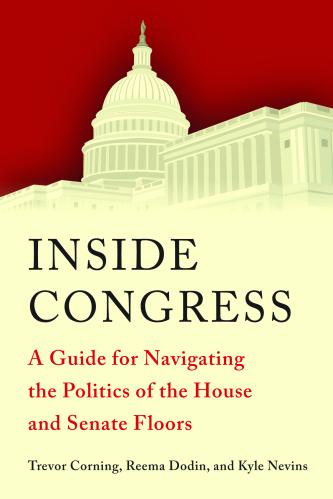
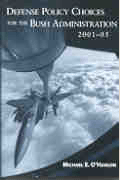





Commentary
Will Congressional Democrats find unity on the budget?
April 22, 2019